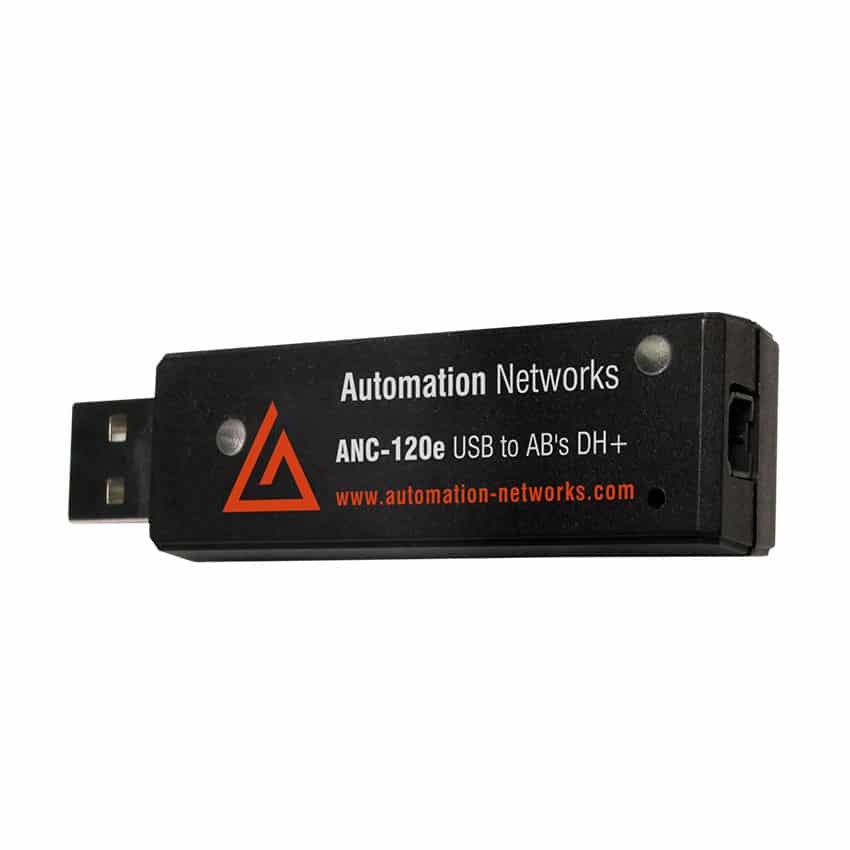Slave to slave communication
Slave-to-slave communication refers to a scenario in industrial automation and control systems where one slave device communicates directly with another slave device, bypassing the traditional master-slave communication hierarchy. In typical industrial networks, communication often occurs between a master (such as a Programmable Logic Controller, or PLC) and its connected slave devices (like sensors, actuators, or other PLCs). However, slave-to-slave communication allows for more direct and efficient data exchange in certain contexts.
Key Aspects of Slave-to-Slave Communication:
- Direct Communication: Unlike traditional models where all communication passes through the master device, slave-to-slave communication enables direct data exchange between slaves.
- Efficiency and Speed: This direct communication can be more efficient and faster, as it reduces the number of steps and the potential bottleneck of routing all data through a master device.
- Network Load Reduction: By allowing direct communication between slaves, the overall load on the master device and the network can be reduced, leading to improved performance, especially in complex systems.
- Use Cases: Common in distributed control systems where rapid, localized decision-making is important. Examples include conveyor systems where one sensor might need to quickly communicate with a nearby actuator.
Implementation:
- Supported Protocols: Not all communication protocols support slave-to-slave communication. Protocols like EtherCAT, Profinet IRT (Isochronous Real Time), and some implementations of Modbus can support this feature.
- Configuration: Setting up slave-to-slave communication often requires careful configuration of the network and devices to ensure proper data exchange and address potential security and safety concerns.
- Network Topology: The network topology might need to support such communication, which can involve more complex configurations compared to traditional star or bus topologies.
Challenges and Considerations:
- Compatibility: Ensuring that all devices in the network are capable of and configured for direct slave-to-slave communication.
- Network Management: Proper management and monitoring of the network become more complex, as data flows are no longer centralized through a single master device.
- Safety and Security: Direct communication between devices must be securely managed to prevent data interception or unauthorized control, especially in critical industrial environments.
- Error Handling and Diagnostics: Diagnosing network issues can be more challenging due to the decentralized nature of communication.
Conclusion:
Slave-to-slave communication can offer significant benefits in terms of efficiency and response time in suitable industrial applications. However, it requires appropriate network infrastructure, compatible protocols, and careful configuration to ensure reliable and secure operation within the broader automation system.
ANC-100e Ethernet IP to AB's DH+ Converter
The Automation Networks ANC-100e communicates with all SCADA, HMI, PLC programming with direct Ethernet/IP access to the DH+ network and stations.
ANC-100e has similar replacement features as the Controllogix 1756-DHRIO / 1756-ENBT, and AB 1784 Interface Cards: 1784-U2DHP, 1784-KTx, 1784-PKTx, 1784-PCMK and Prosoft AN-X2-DHRIO Converters.
$1,195 USD List.
ANC-120e USB to AB's DH+
The ANC-120e works with all SCADA, MMI, PLC programming packages installed on your PC with USB direct access to the DH+ network and stations. These packages include RSLINX/LOGIX Classic & Enterprise with RSLOGIX 5/500, Wonderware DAServer & TCP/IO Server, Citect, and Kepware using Controllogix Ethernet/IP Drivers.


